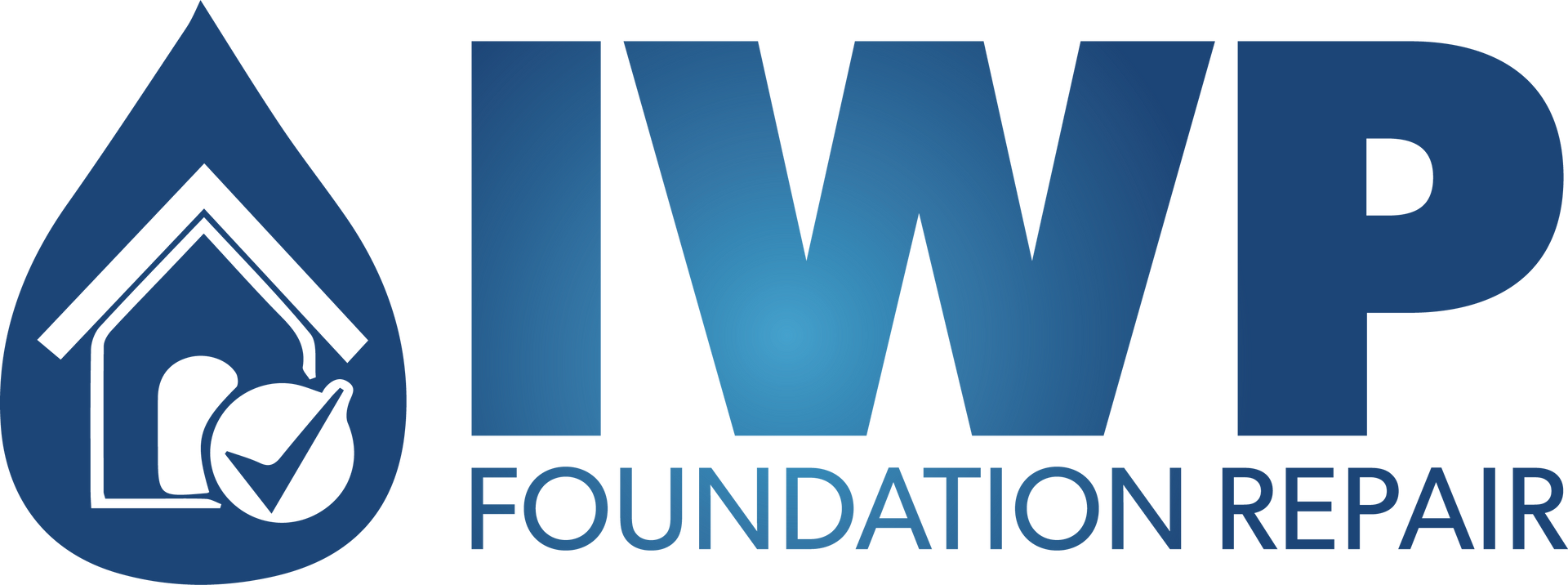The Ultimate Homeowner's Guide: What to Look for at Home Shows
Home shows are like treasure troves for homeowners, offering a plethora of ideas, products, and services all under one roof. Whether you're planning a renovation, tackling a DIY project, or simply seeking inspiration, attending a home show can be an invaluable experience. However, with so much to see and explore, it's essential to know what to look for to make the most of your visit. In this comprehensive guide, we'll discuss the key thing homeowners should look for at home shows to ensure a productive and enjoyable experience.

Exhibitors and Vendors
- Home Improvement Companies: Look for exhibitors specializing in home improvement services such as remodeling, renovations, and repairs. These companies often showcase their expertise through informative displays, demonstrations, and consultations.
- Interior Designers: Explore booths featuring interior designers and decorators who can offer insights on color schemes, furniture arrangement, and decor trends.
- Landscaping and Outdoor Living: Discover exhibitors offering landscaping services, outdoor furniture, garden accessories, and other outdoor living solutions.
- Home Technology: Check out vendors showcasing the latest in home automation, smart home devices, security systems, and energy-saving technologies.
Product Demonstrations and Samples
- Take advantage of product demonstrations to see how various home improvement products and tools work in real-life situations.
- Attend seminars, workshops, and Q&A sessions led by industry experts covering topics such as remodeling tips, energy efficiency, and DIY projects.
Expert Advice and Consultations
- Engage with experts and professionals in the home improvement industry to discuss your specific needs, goals, and challenges.
- Collect samples of materials such as flooring, countertops, tiles, and paint swatches to help you visualize how they will look in your home.
Innovative Solutions and Trends
- Engage with experts and professionals in the home improvement industry to discuss your specific needs, goals, and challenges.
- Collect samples of materials such as flooring, countertops, tiles, and paint swatches to help you visualize how they will look in your home.


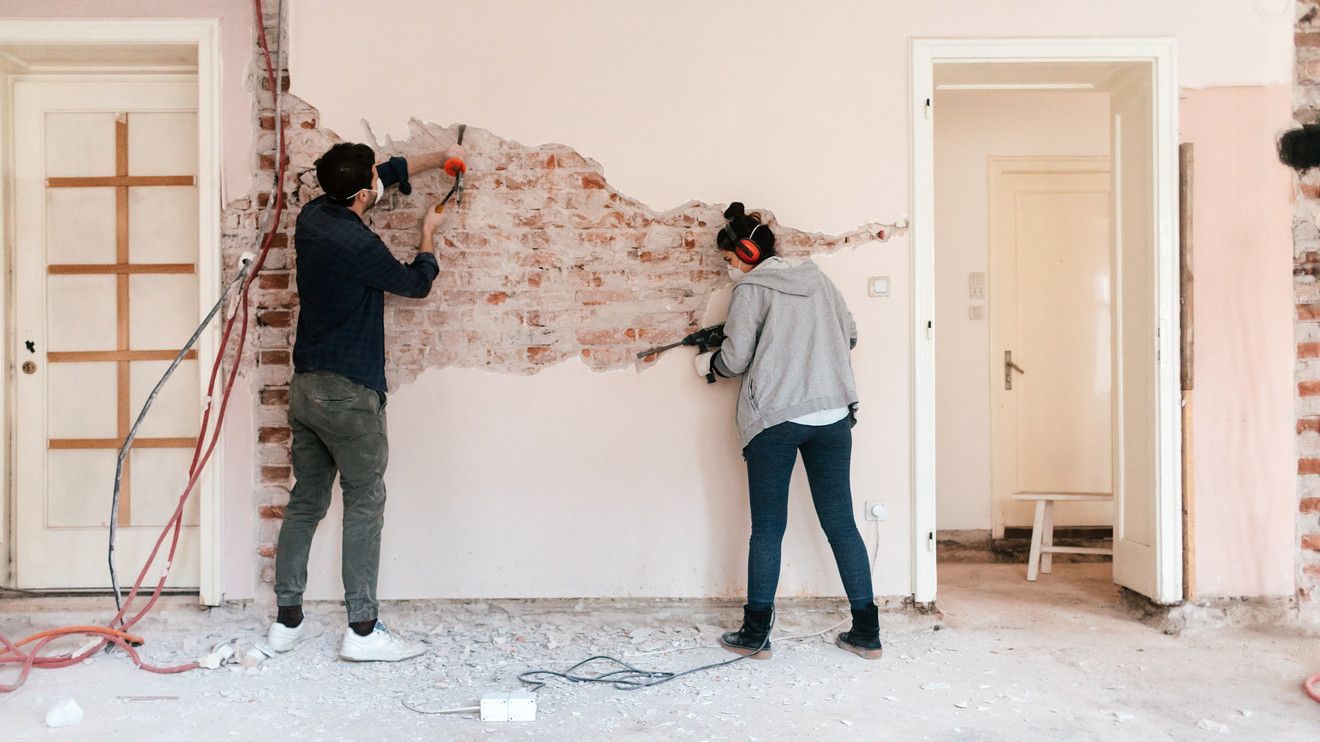

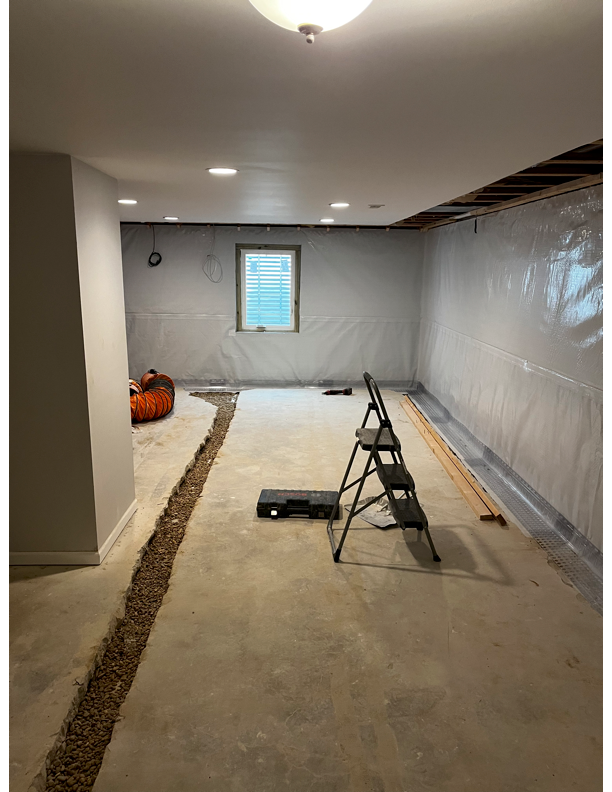
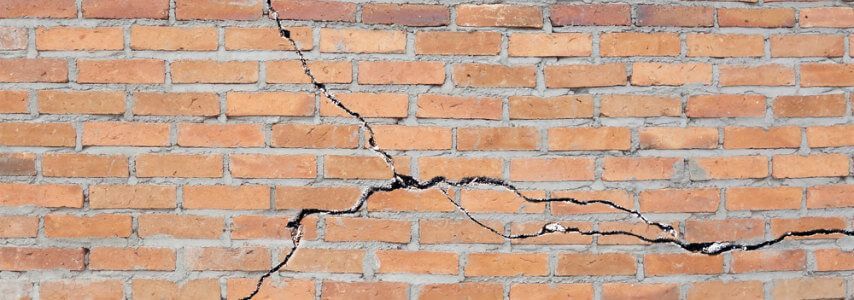

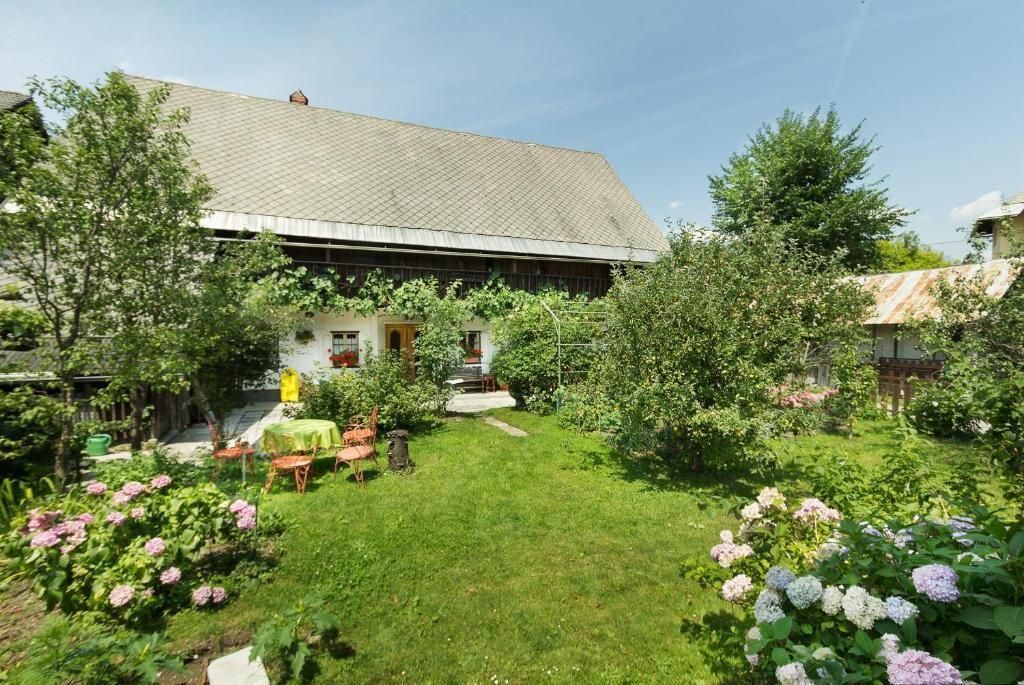

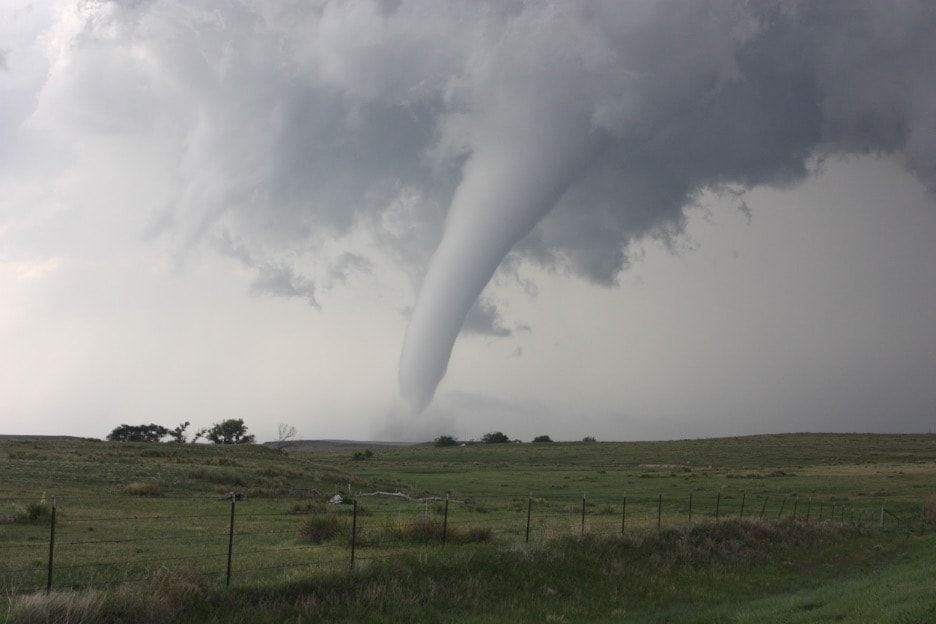
HAVE PEACE OF MIND WITH IWP FOUNDATION REPAIR
With over 30 years of combined experience in the business, you know that you can trust our team to get the job done right the first time. We value the customer experience, which is why we take the time to listen to your concerns, answer all your questions, and explain the best plan of action for your home. If you’ve noticed any foundation issues at all, no matter how minor they seem, you should call a professional. Our expert team is waiting for you, so call today for a free evaluation!
